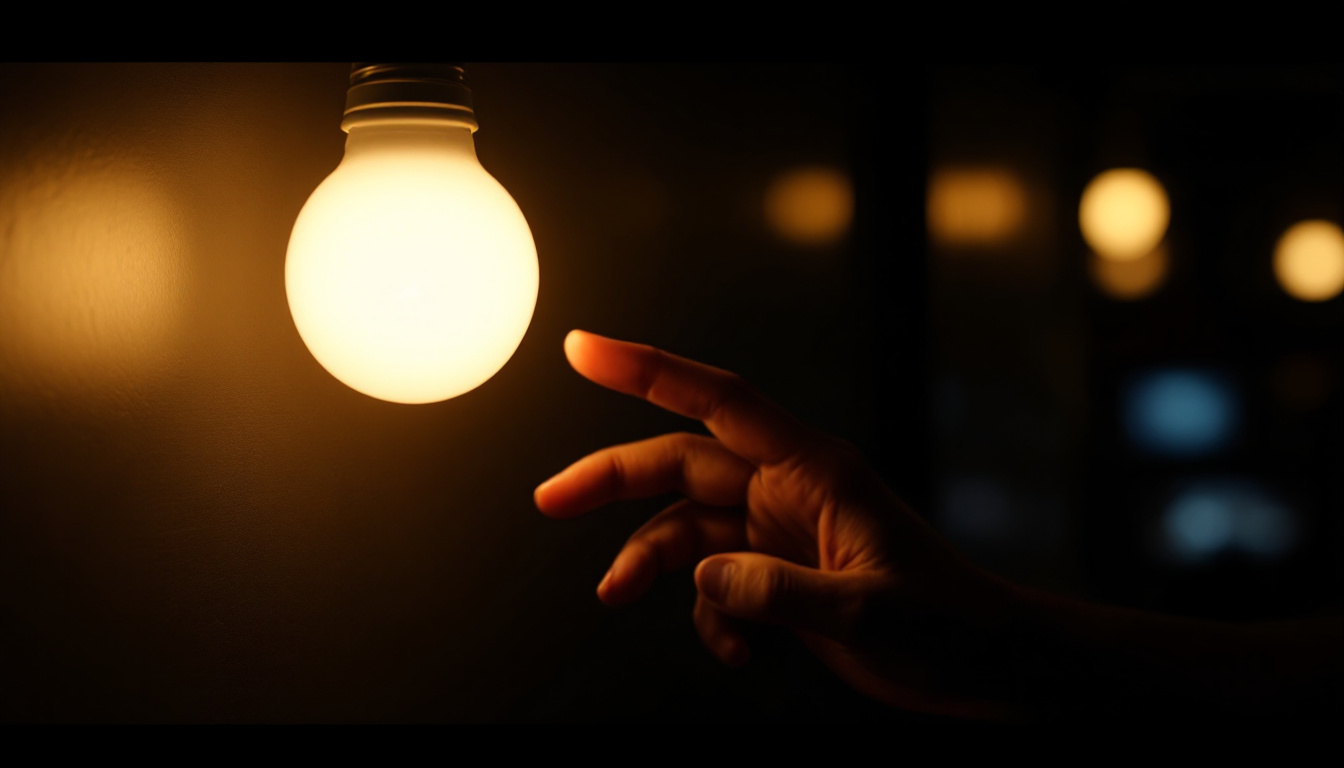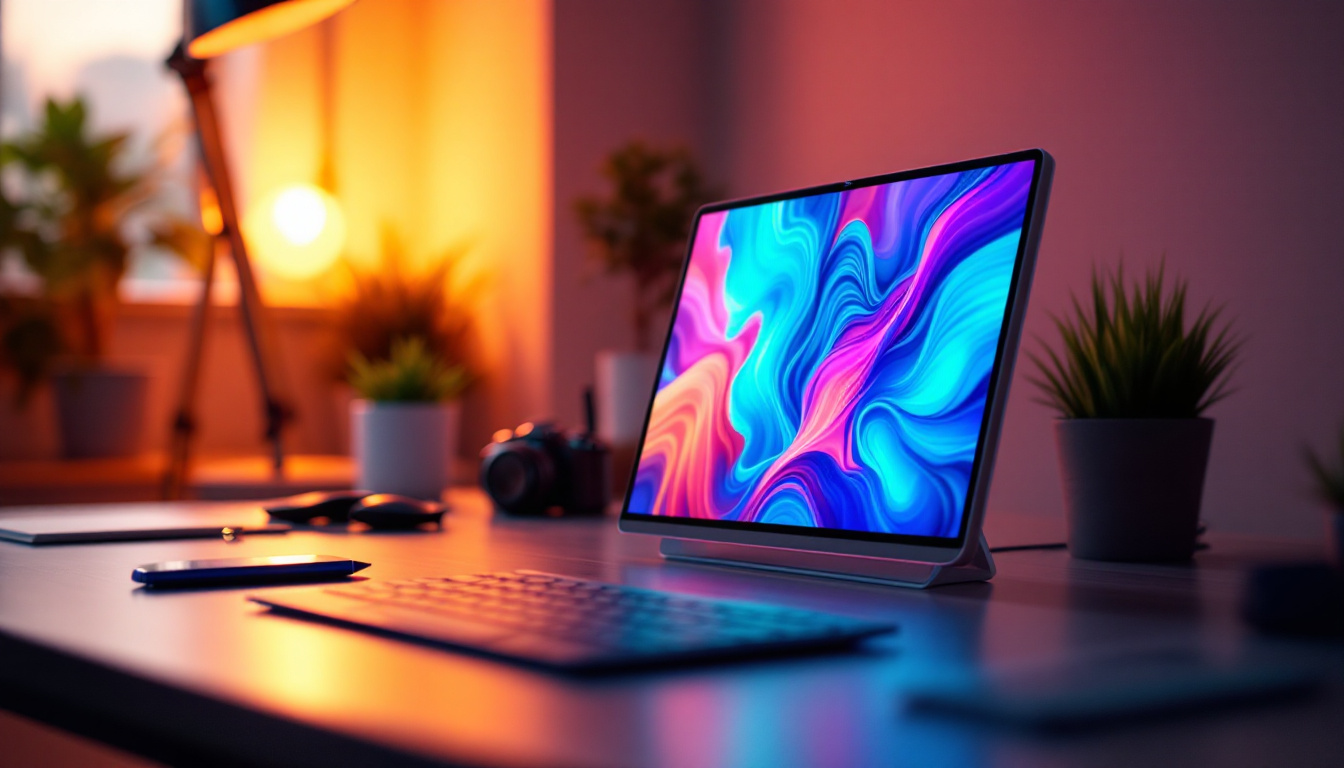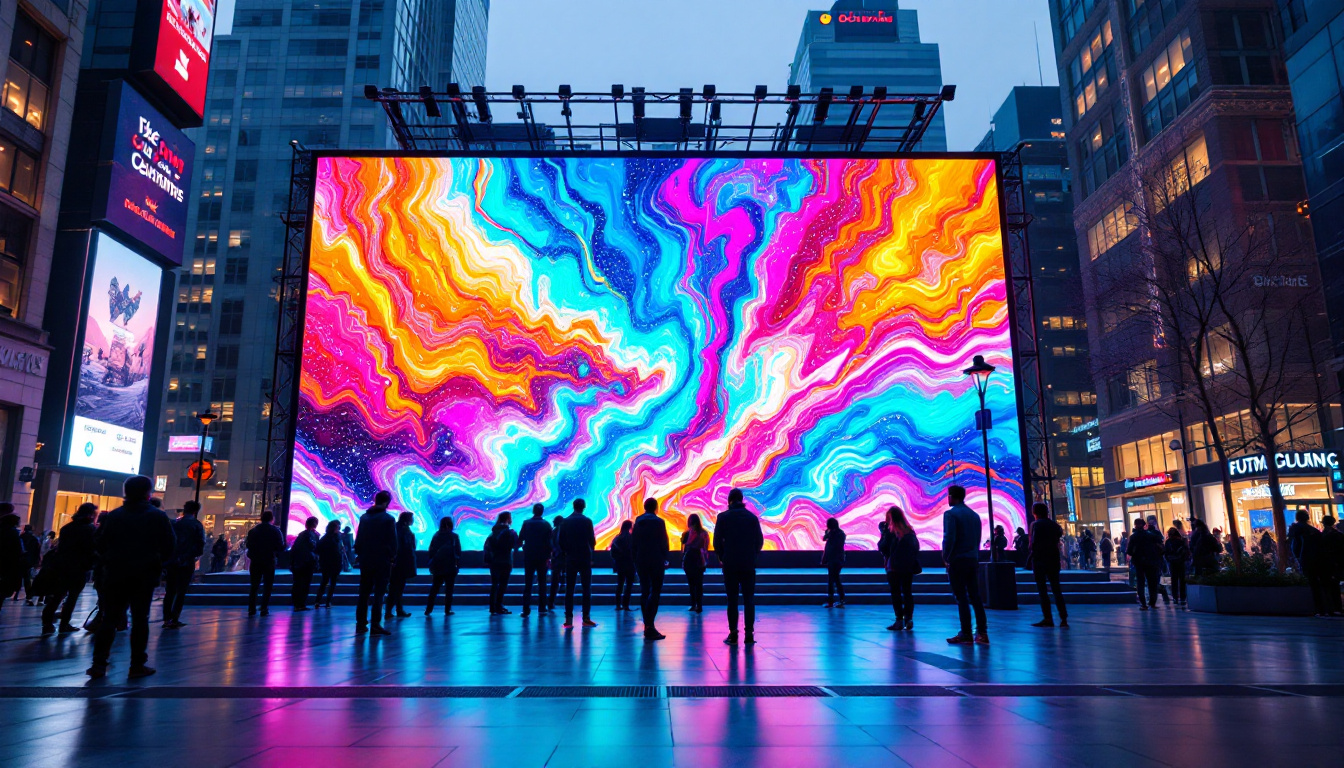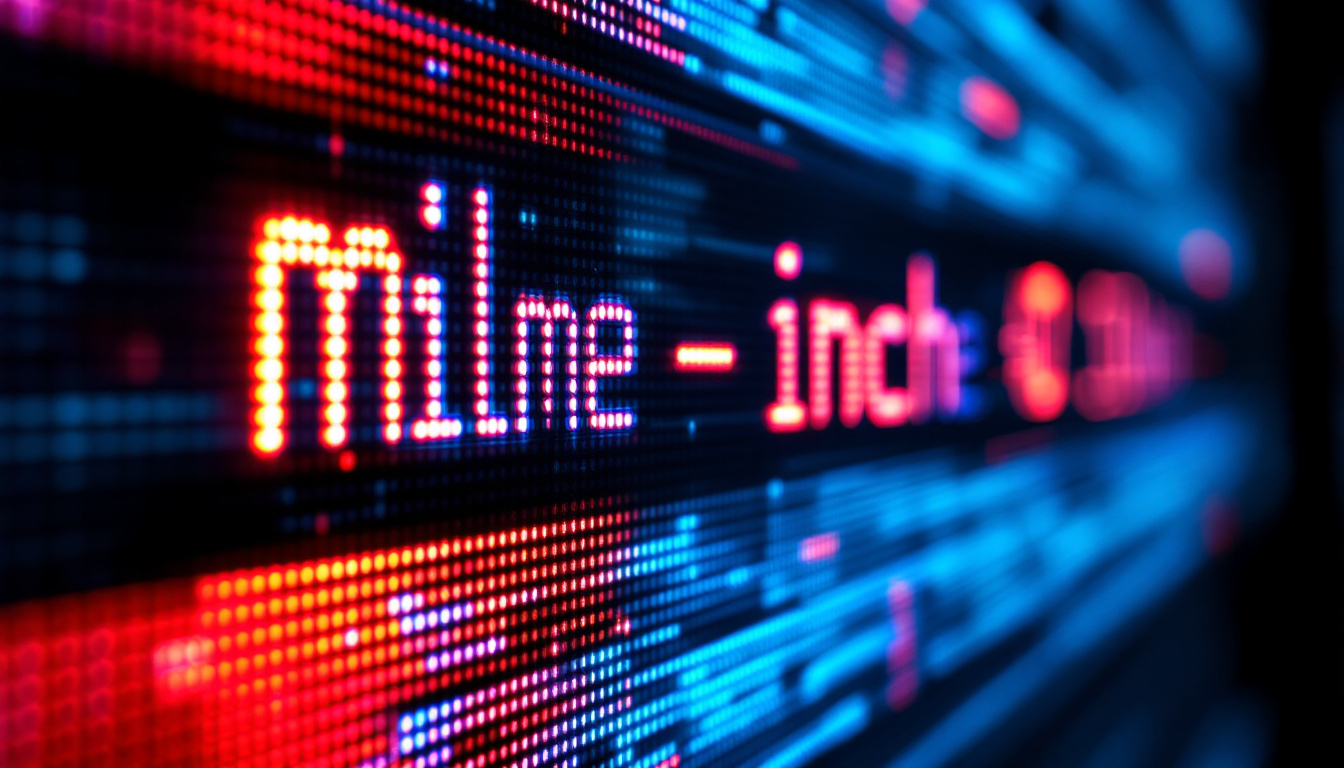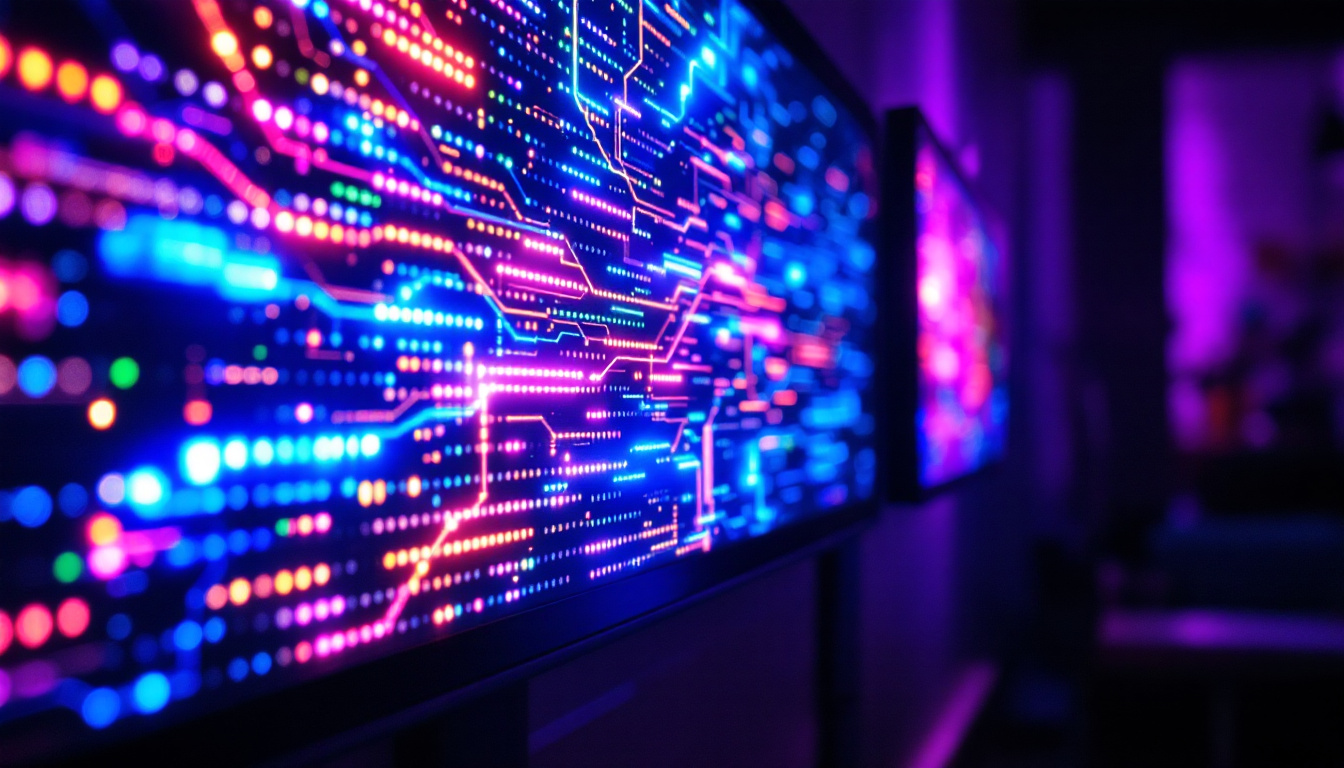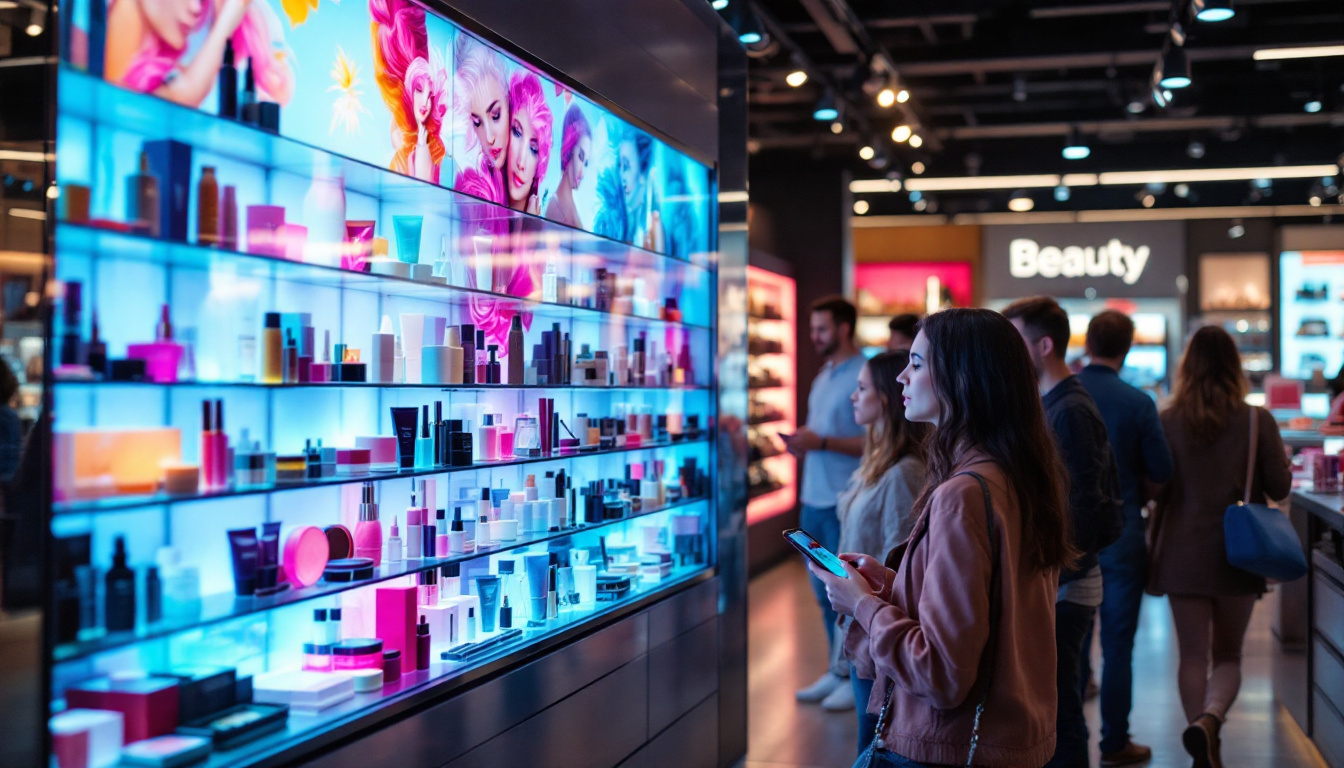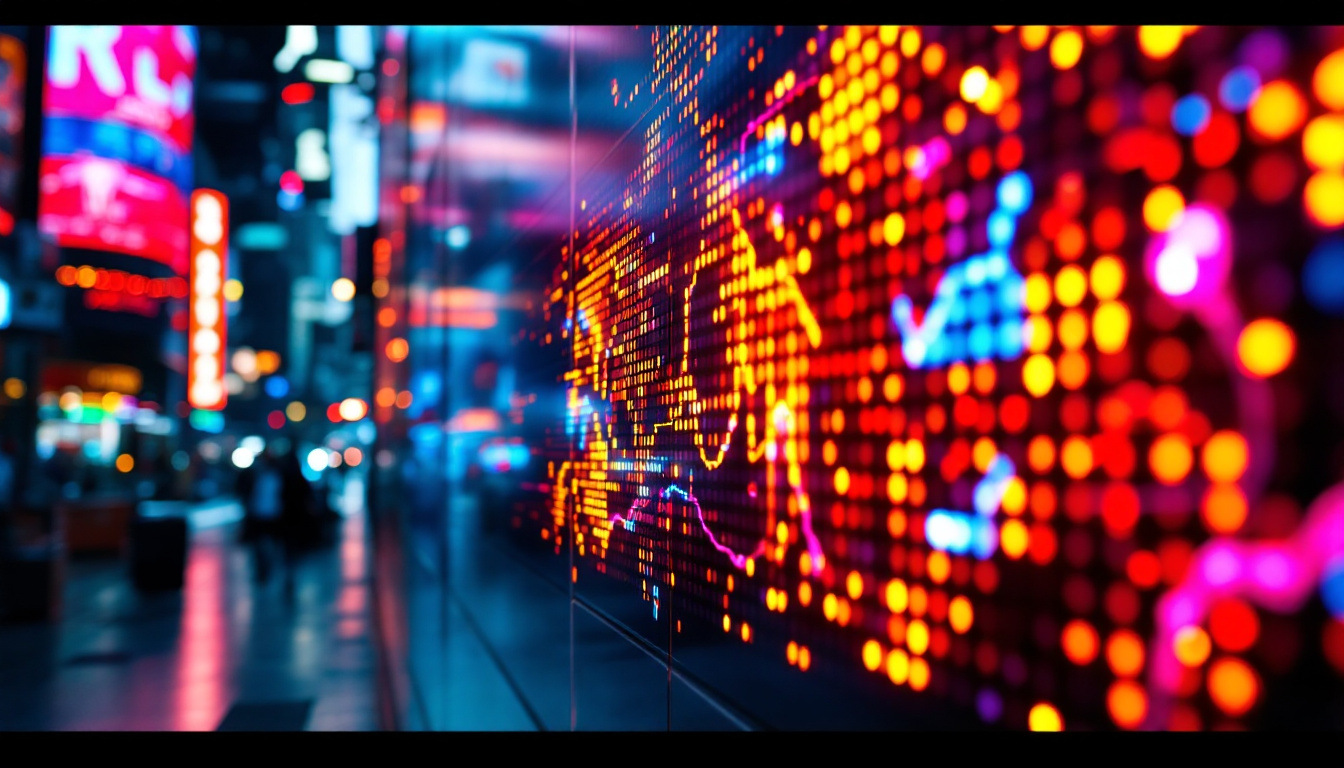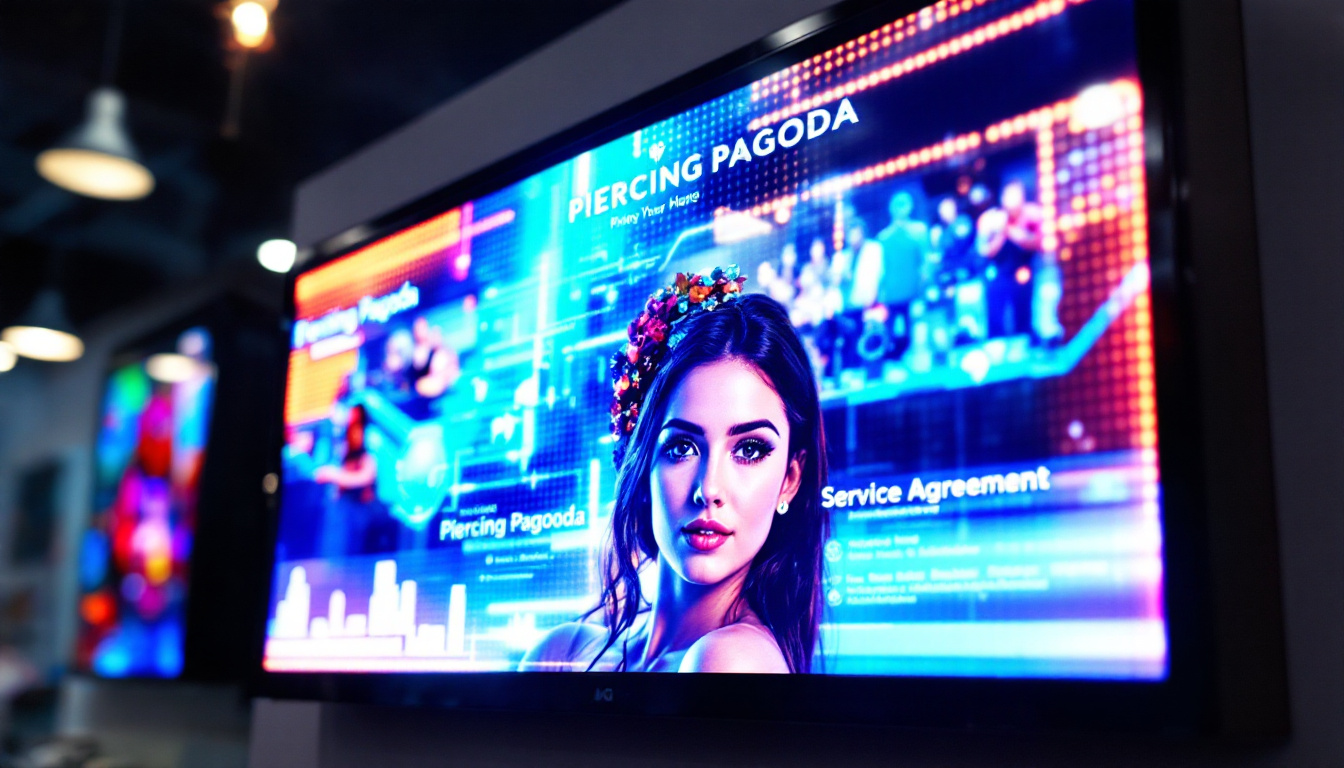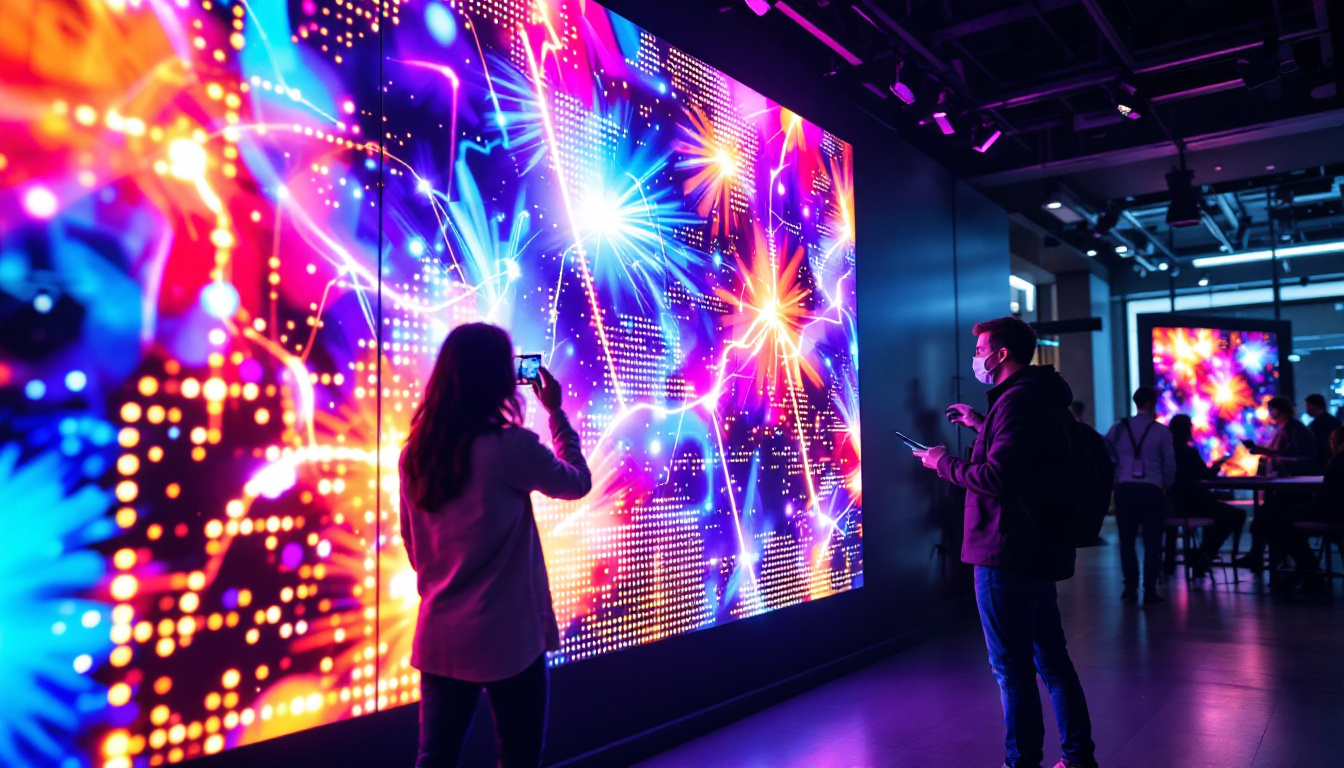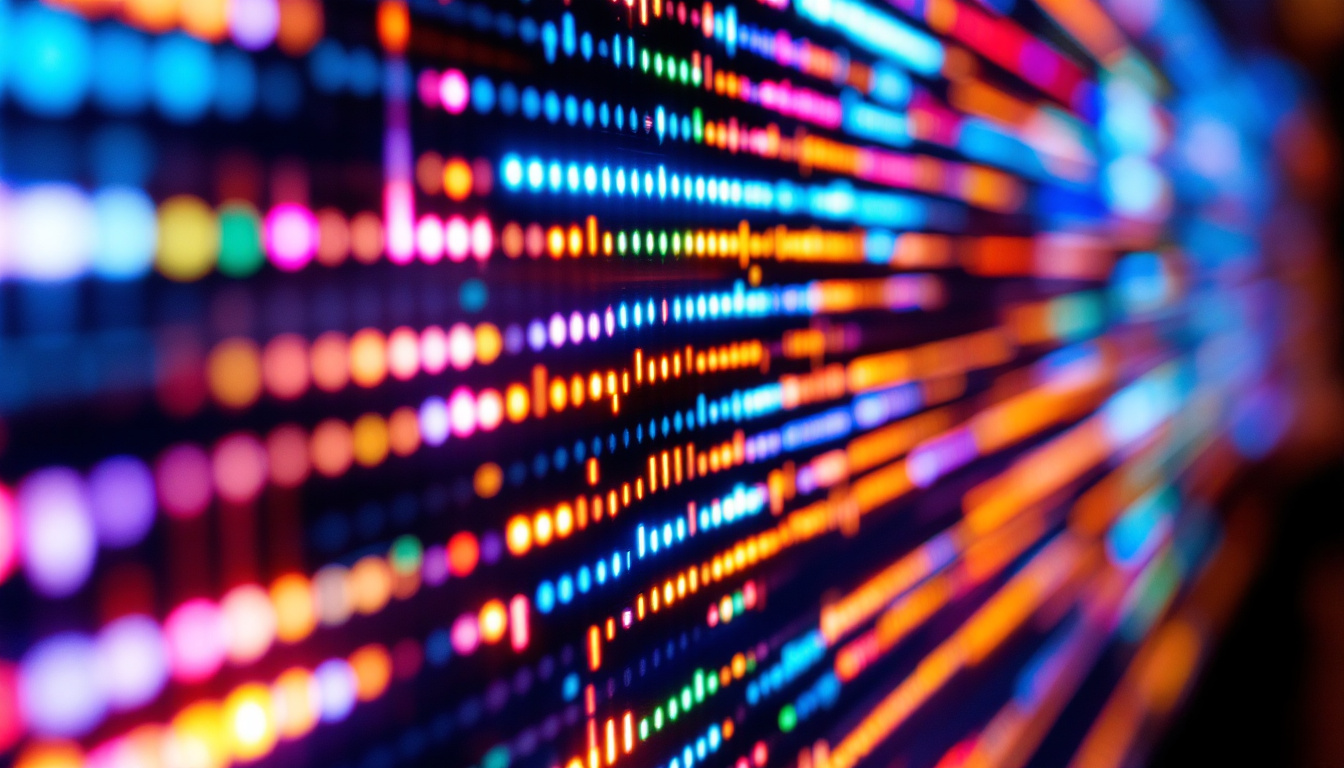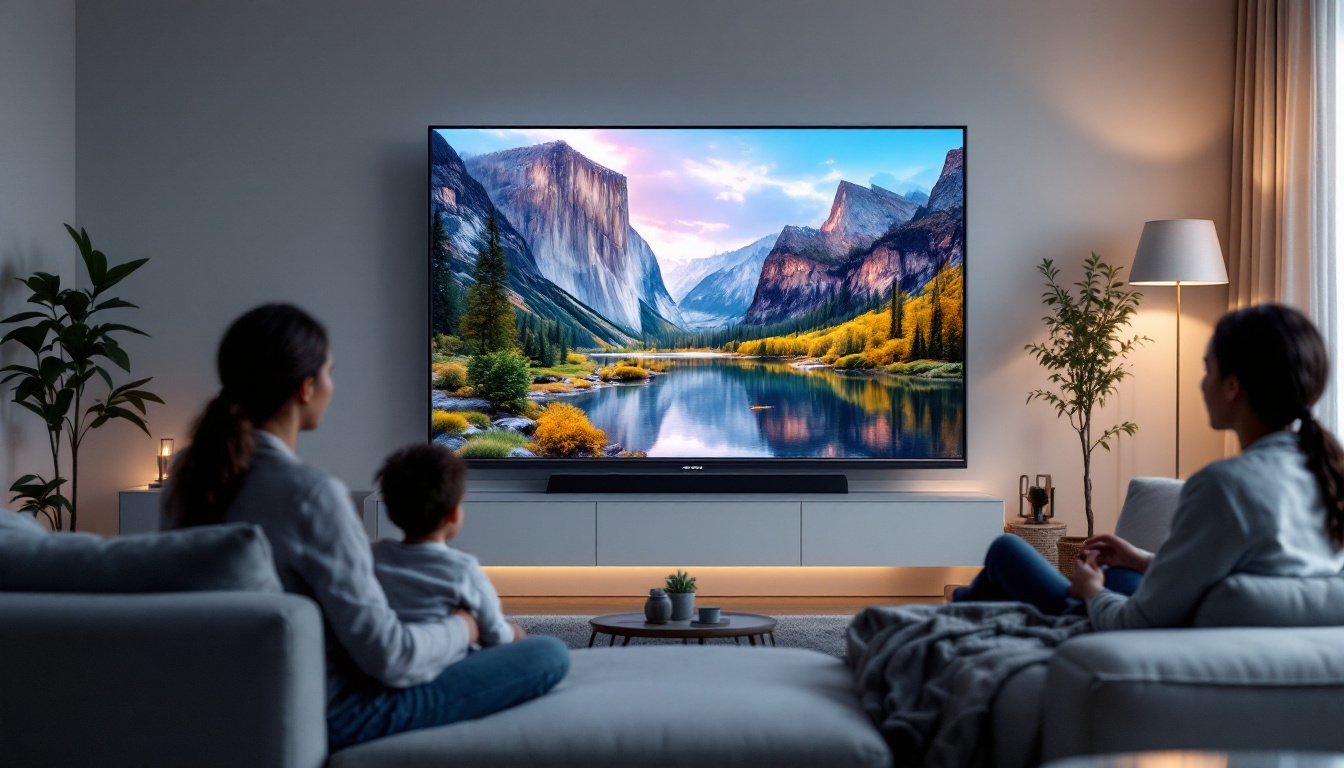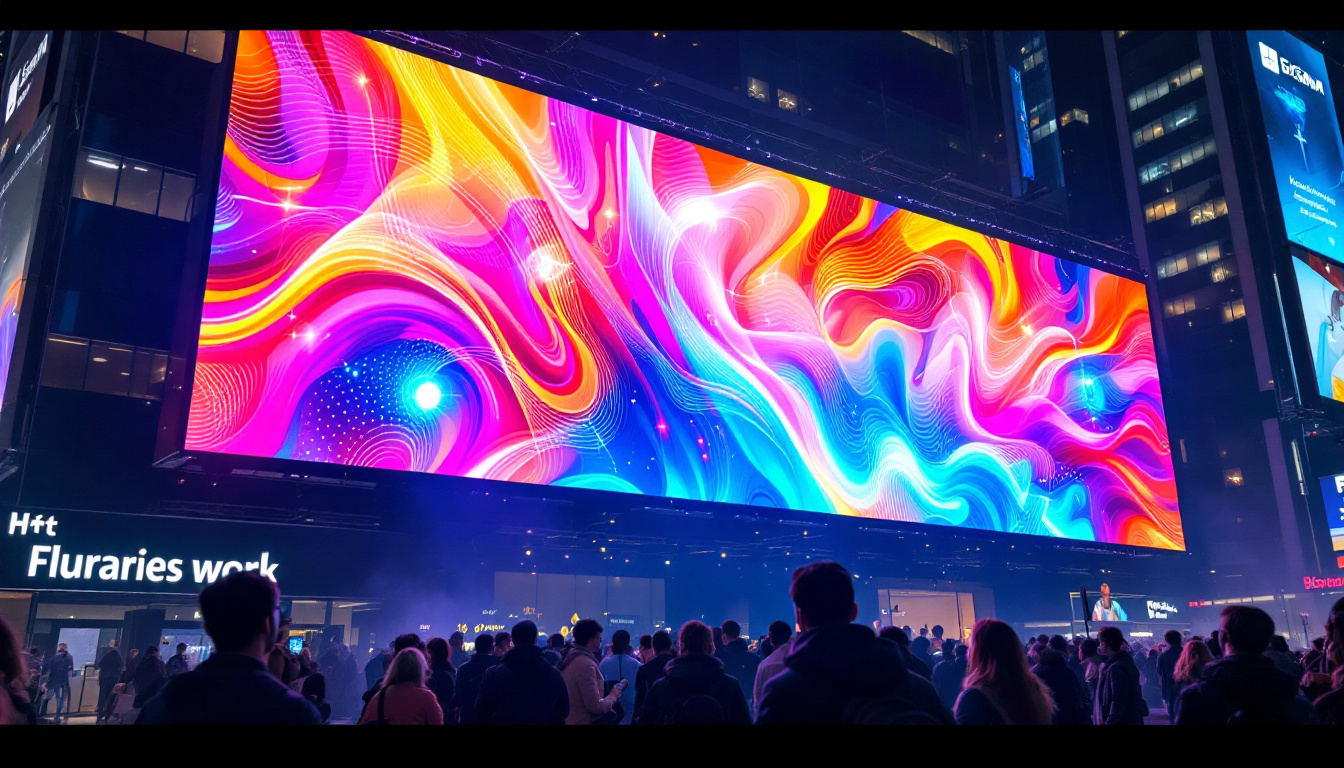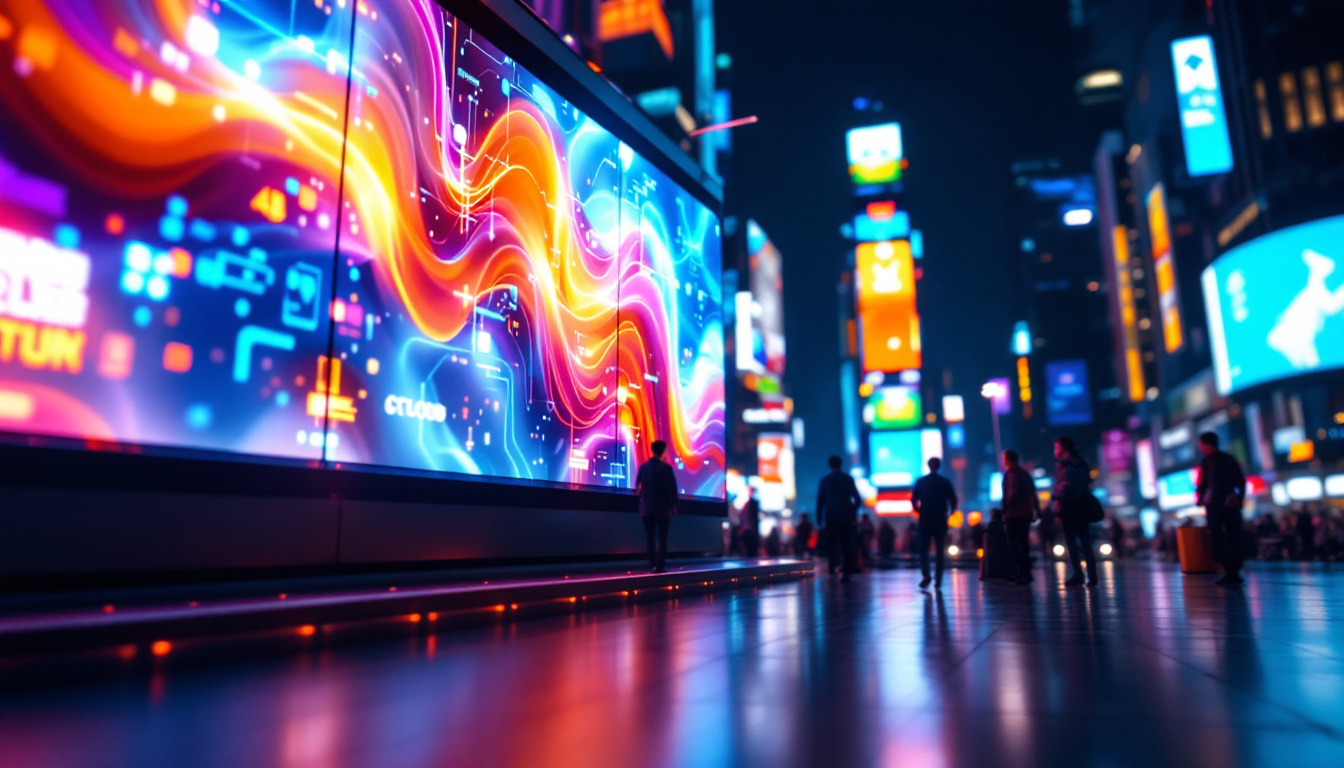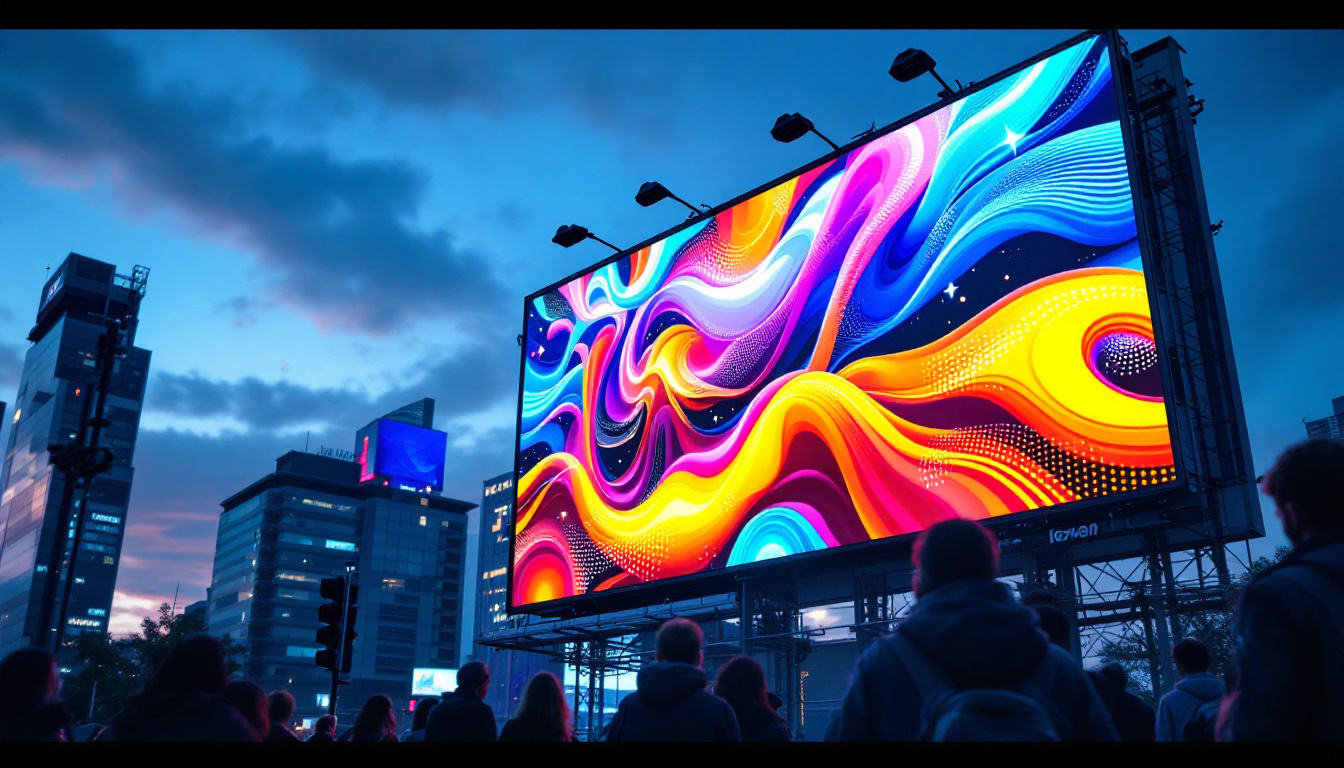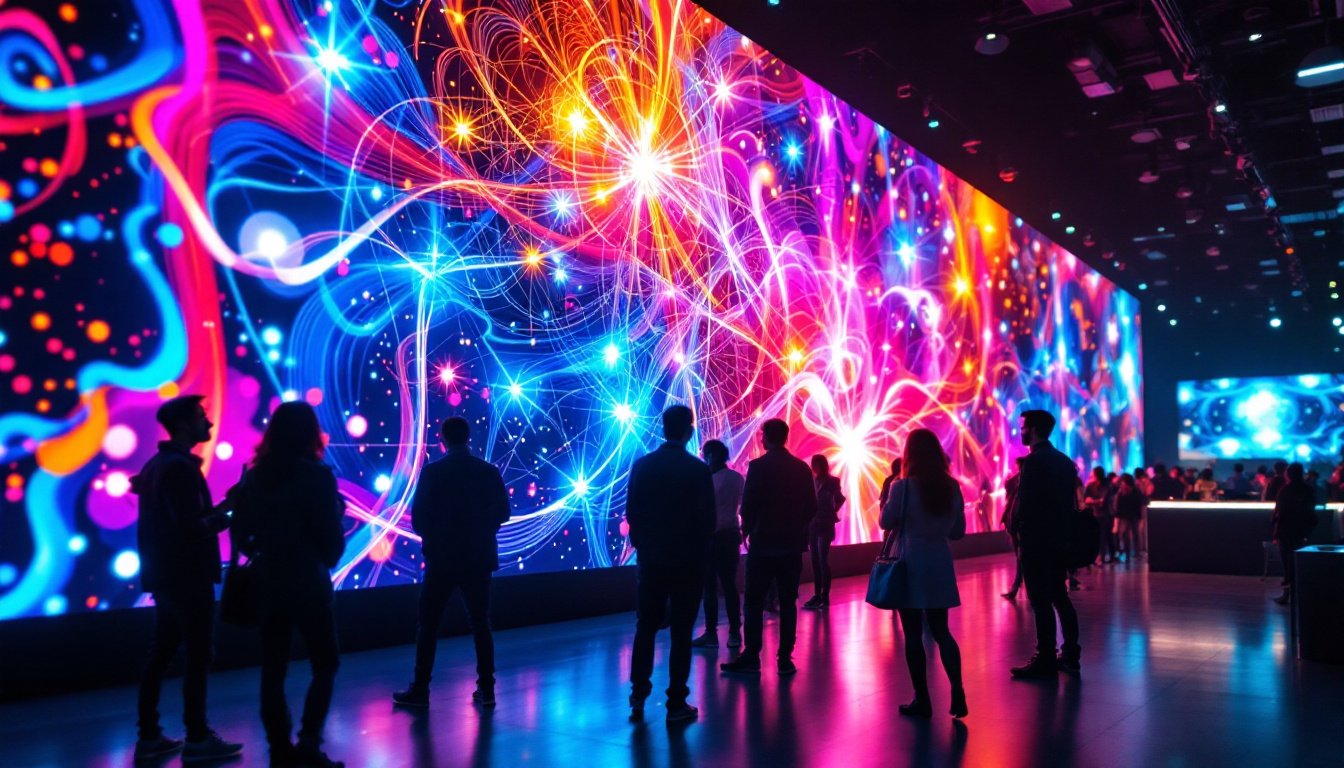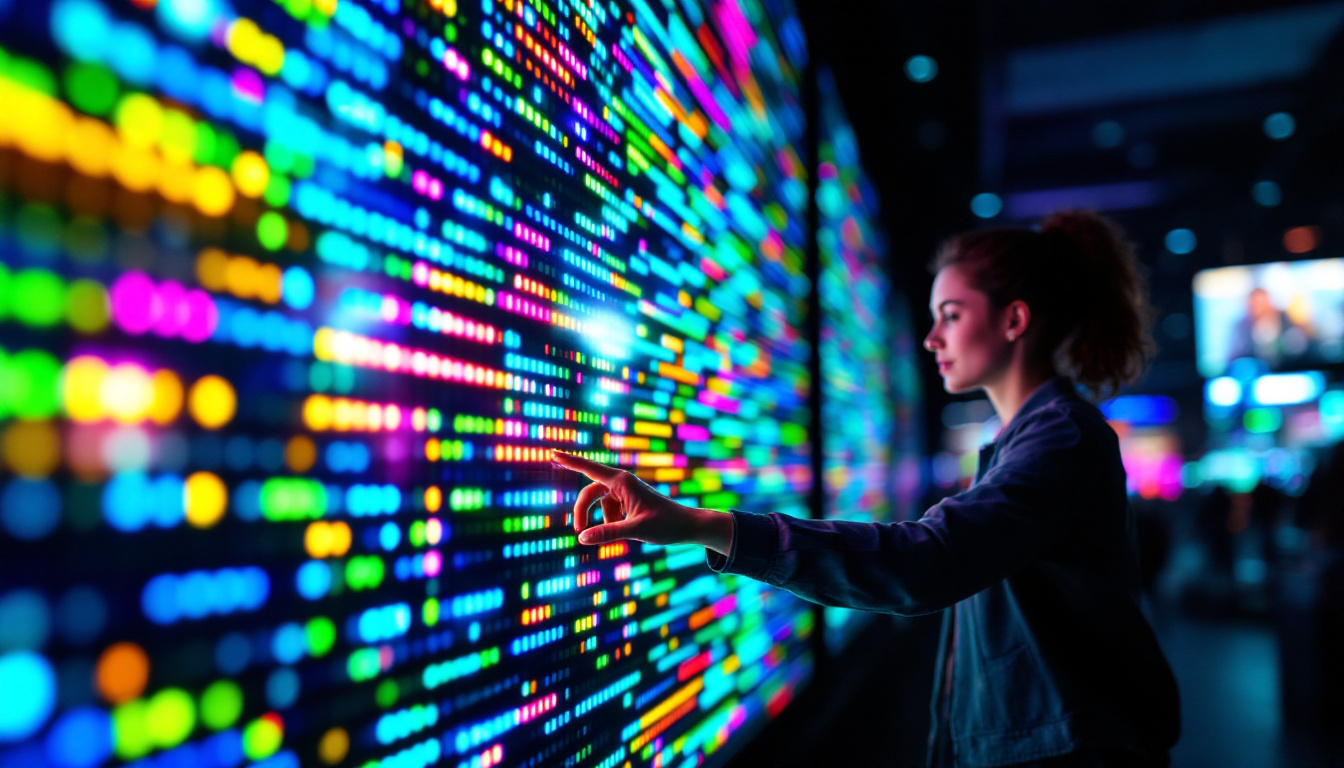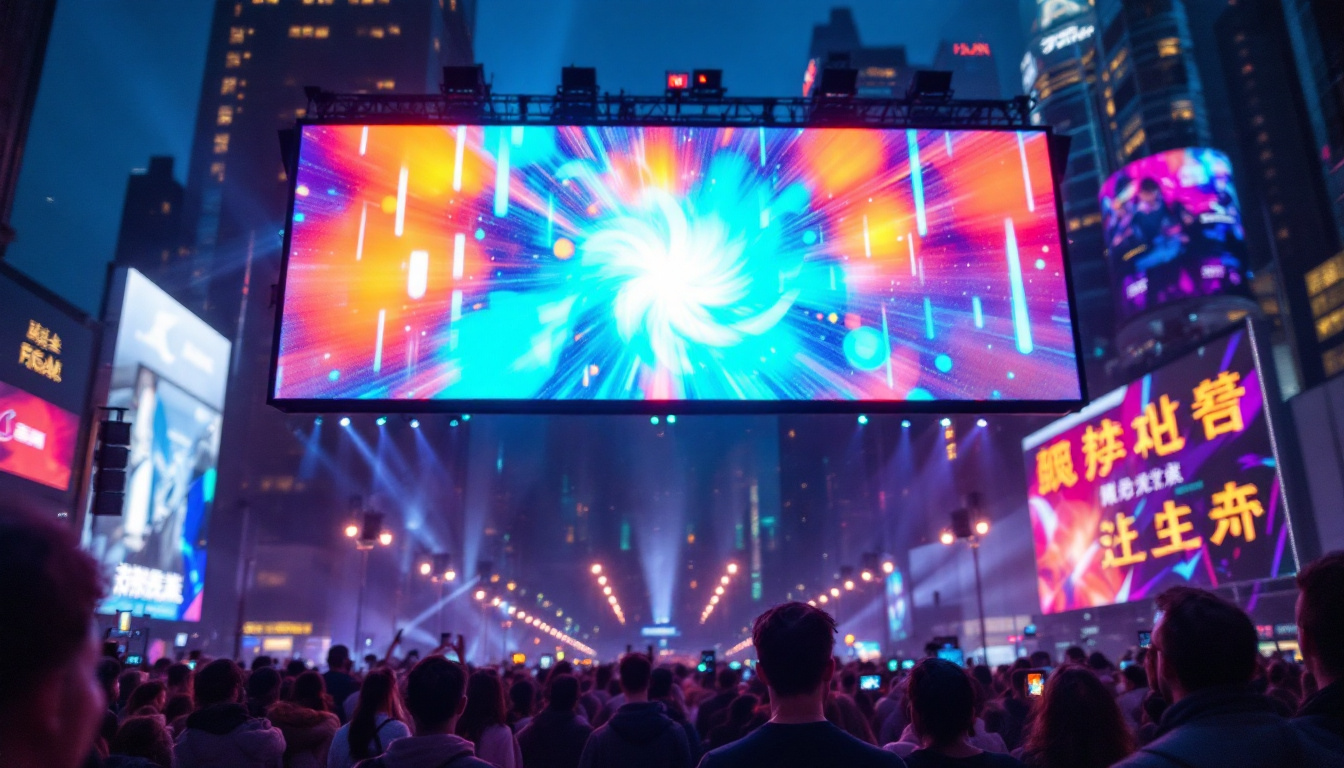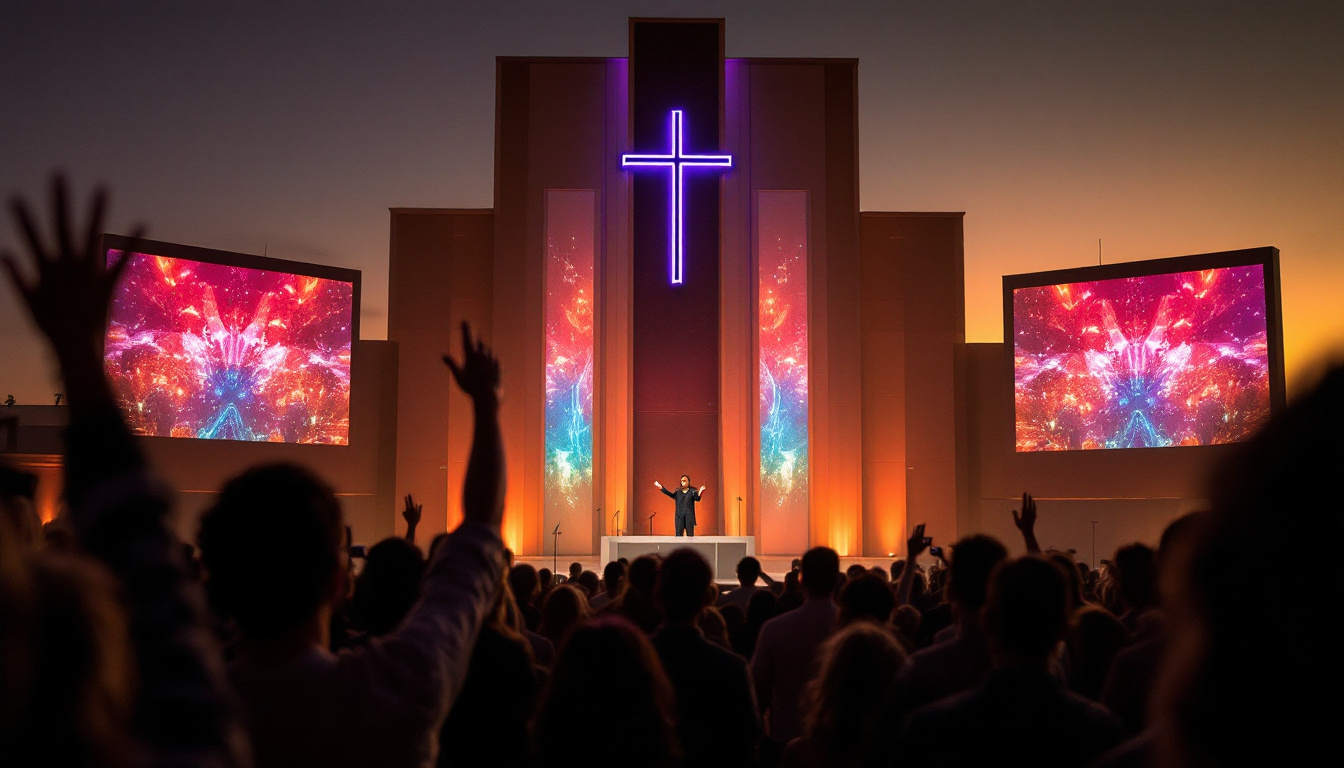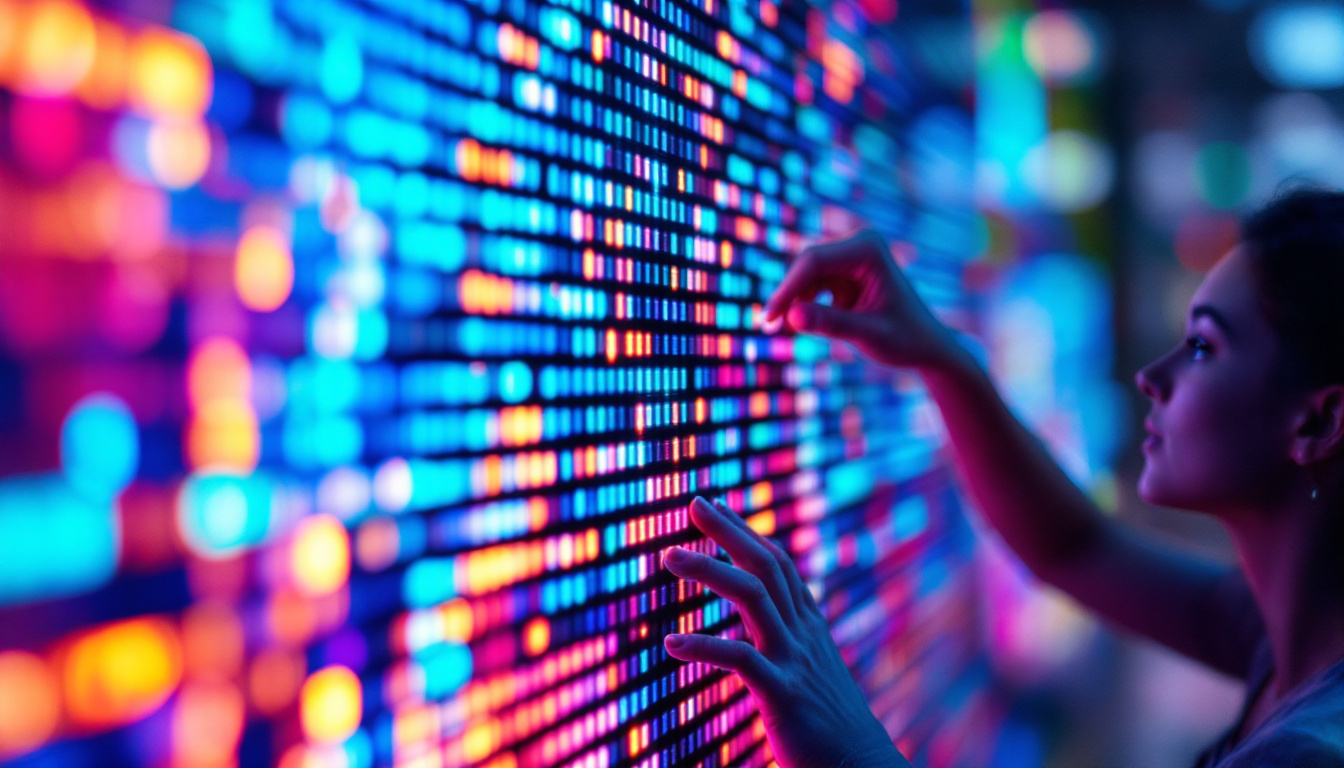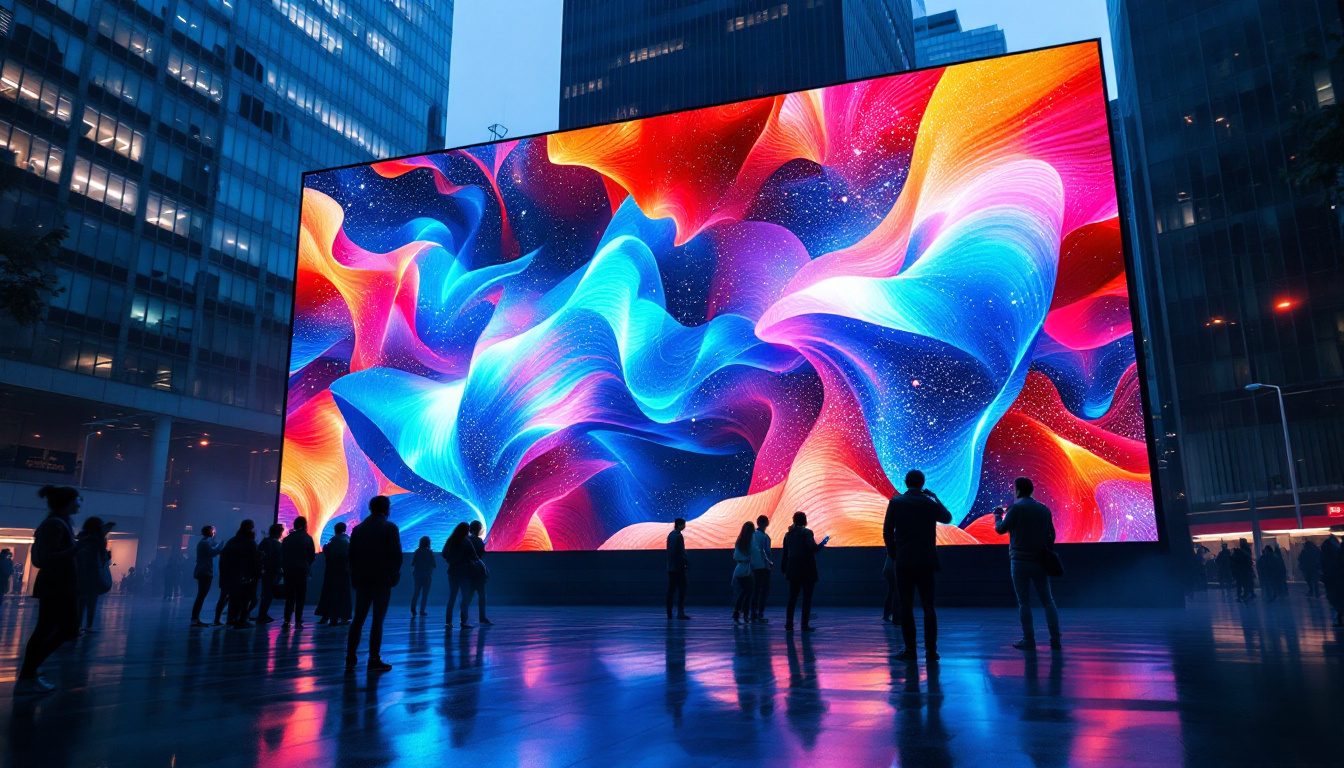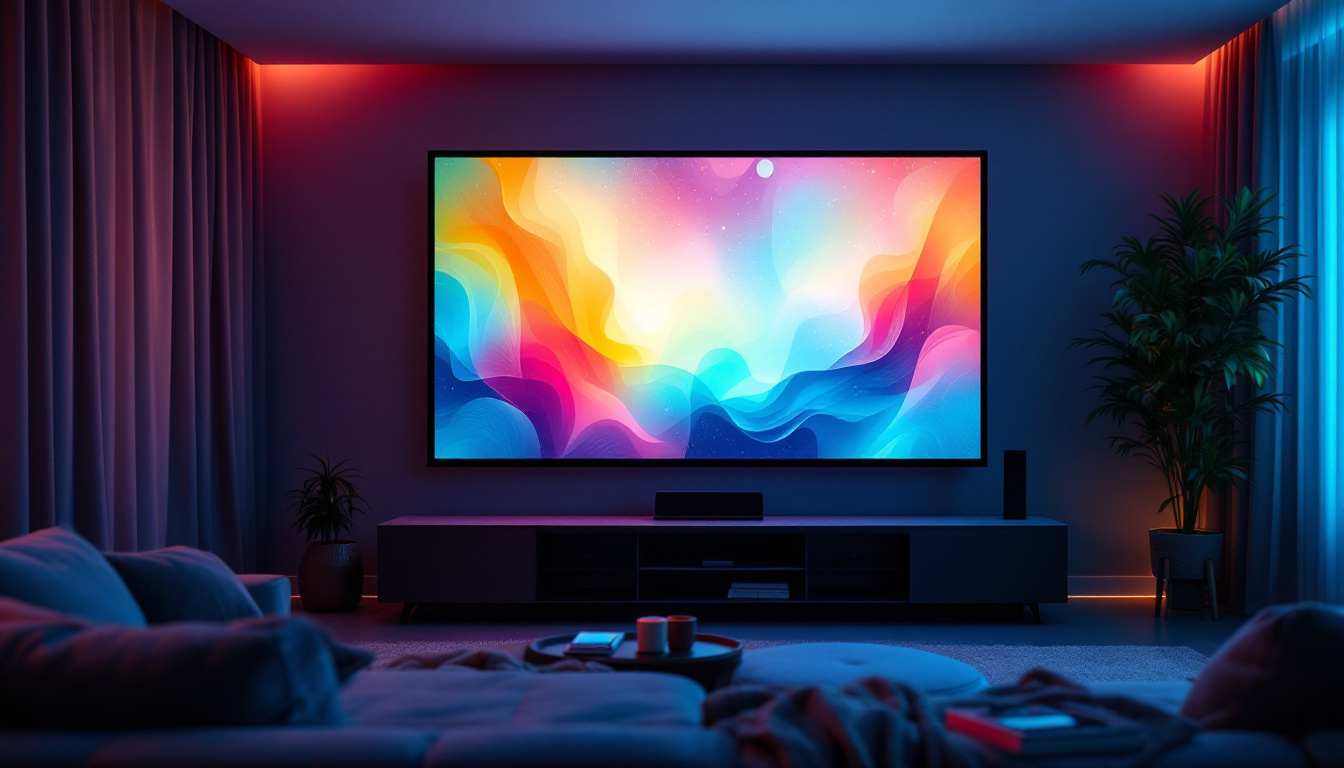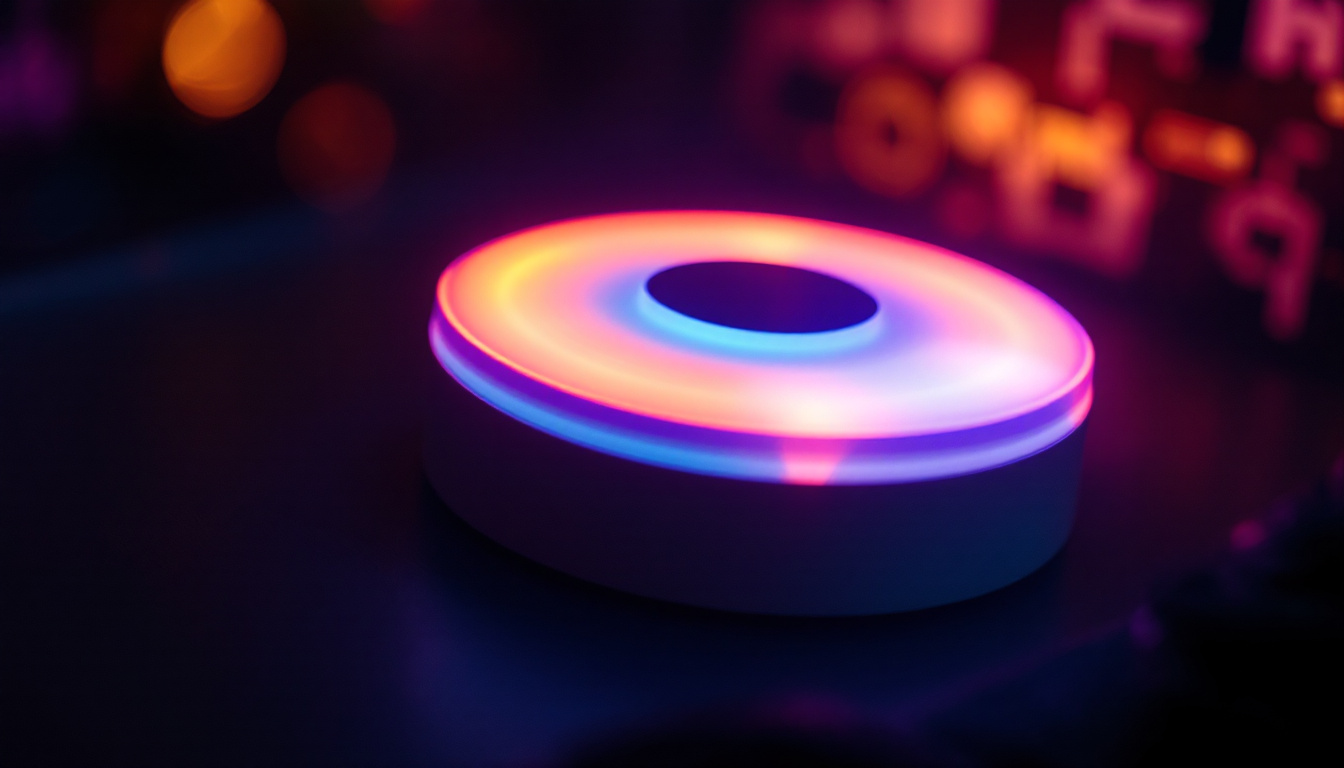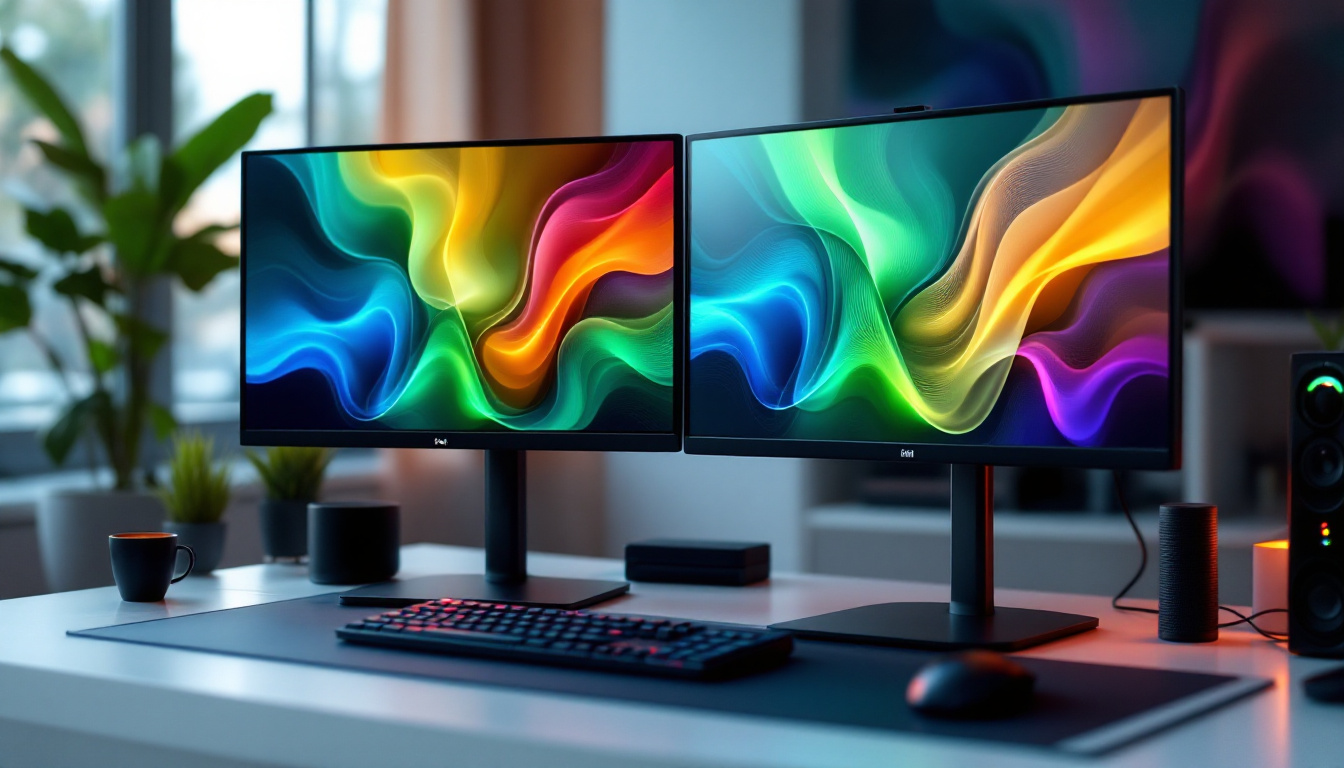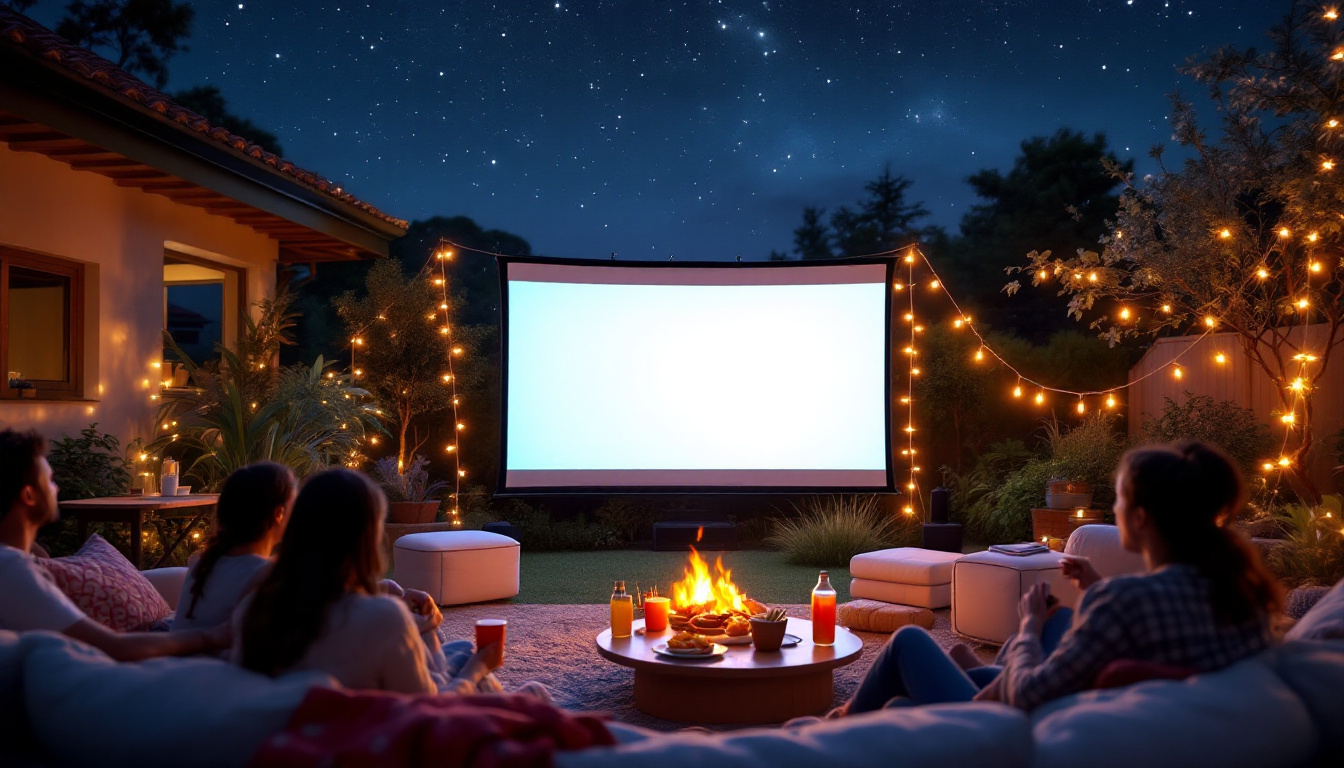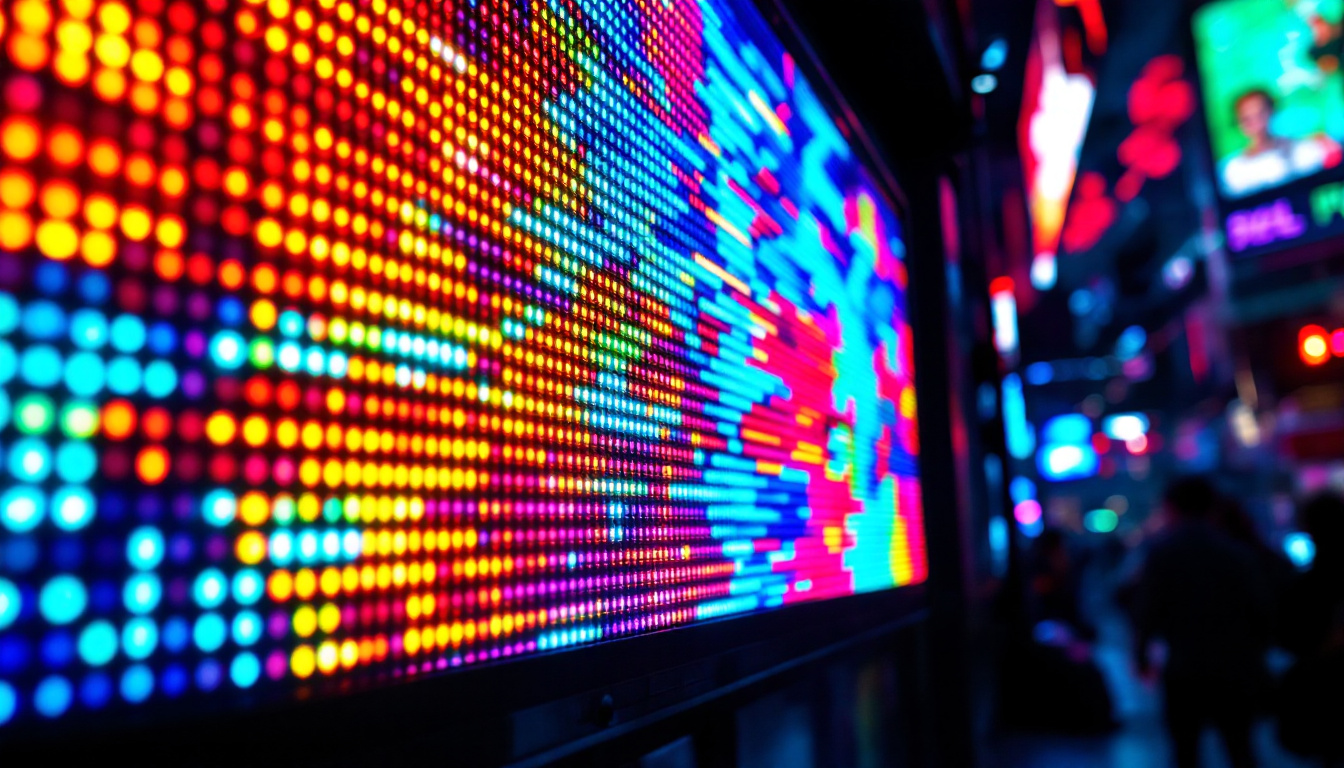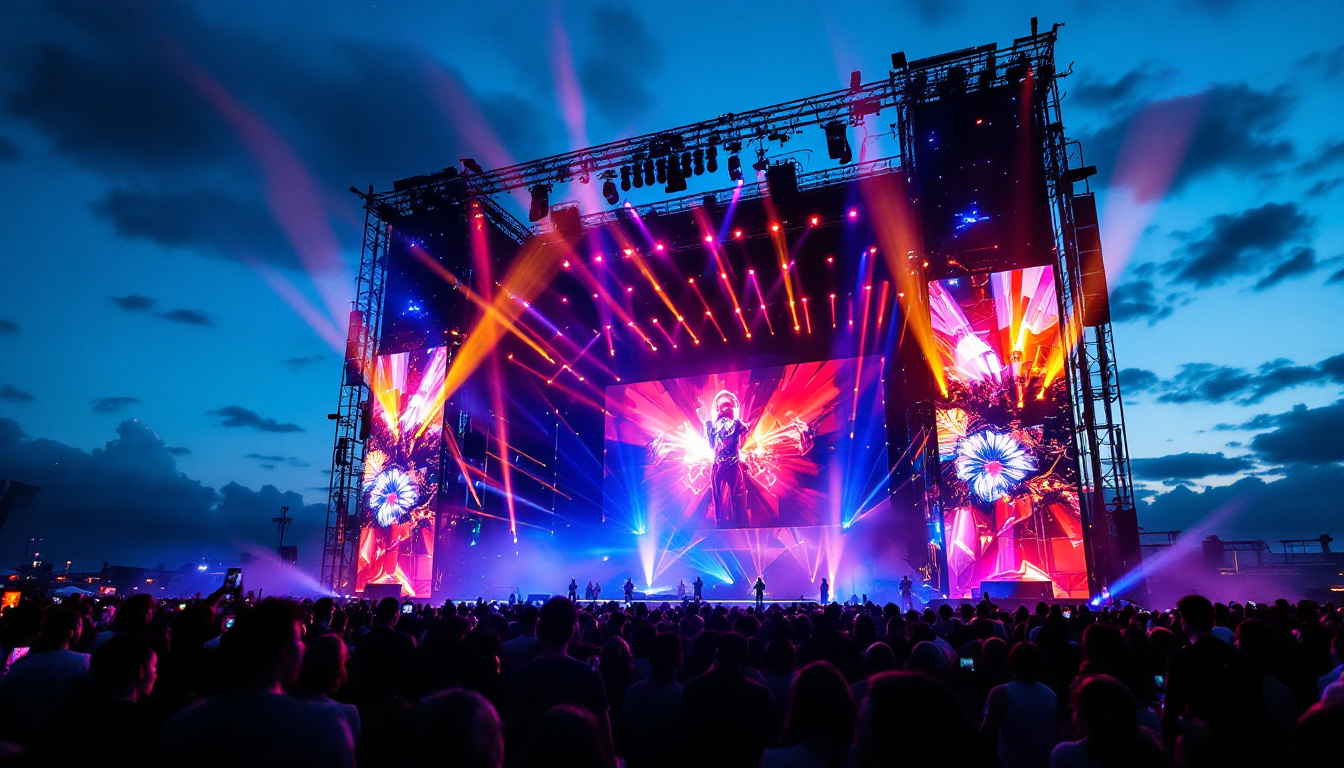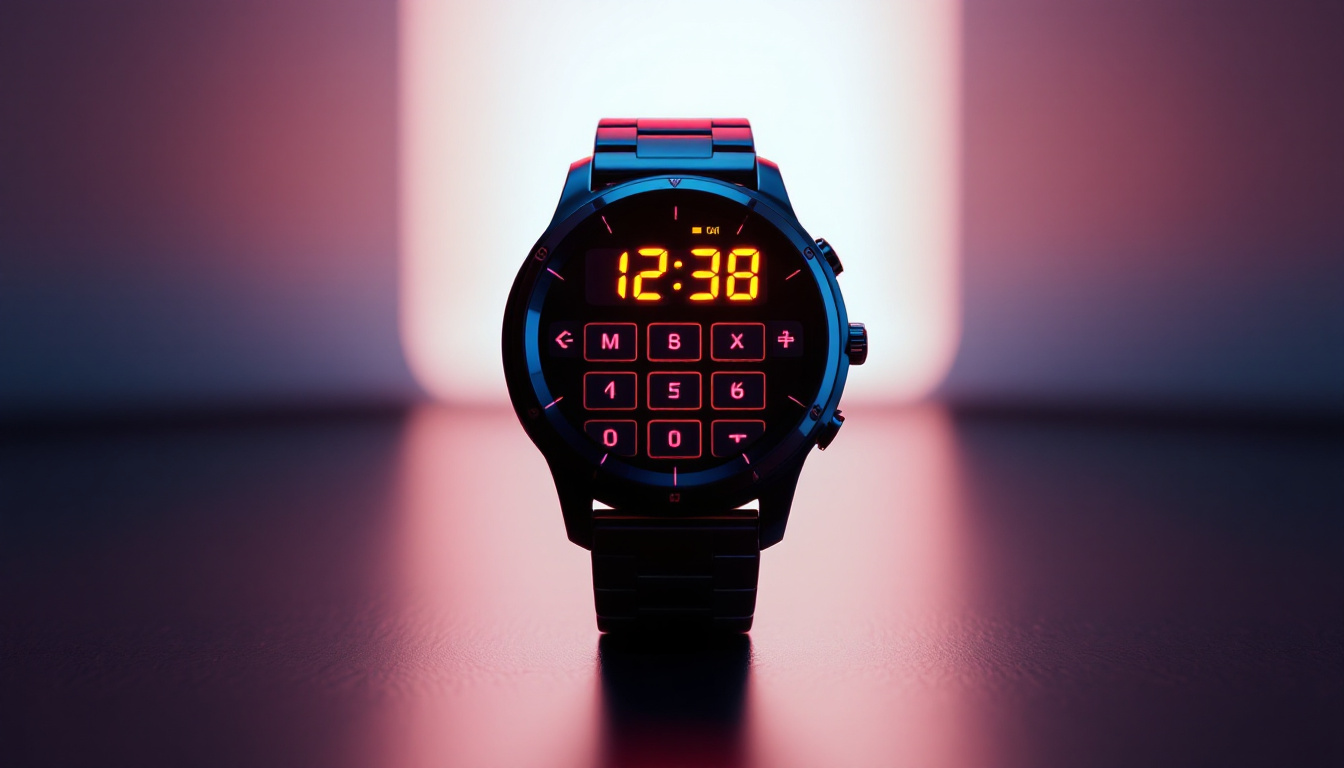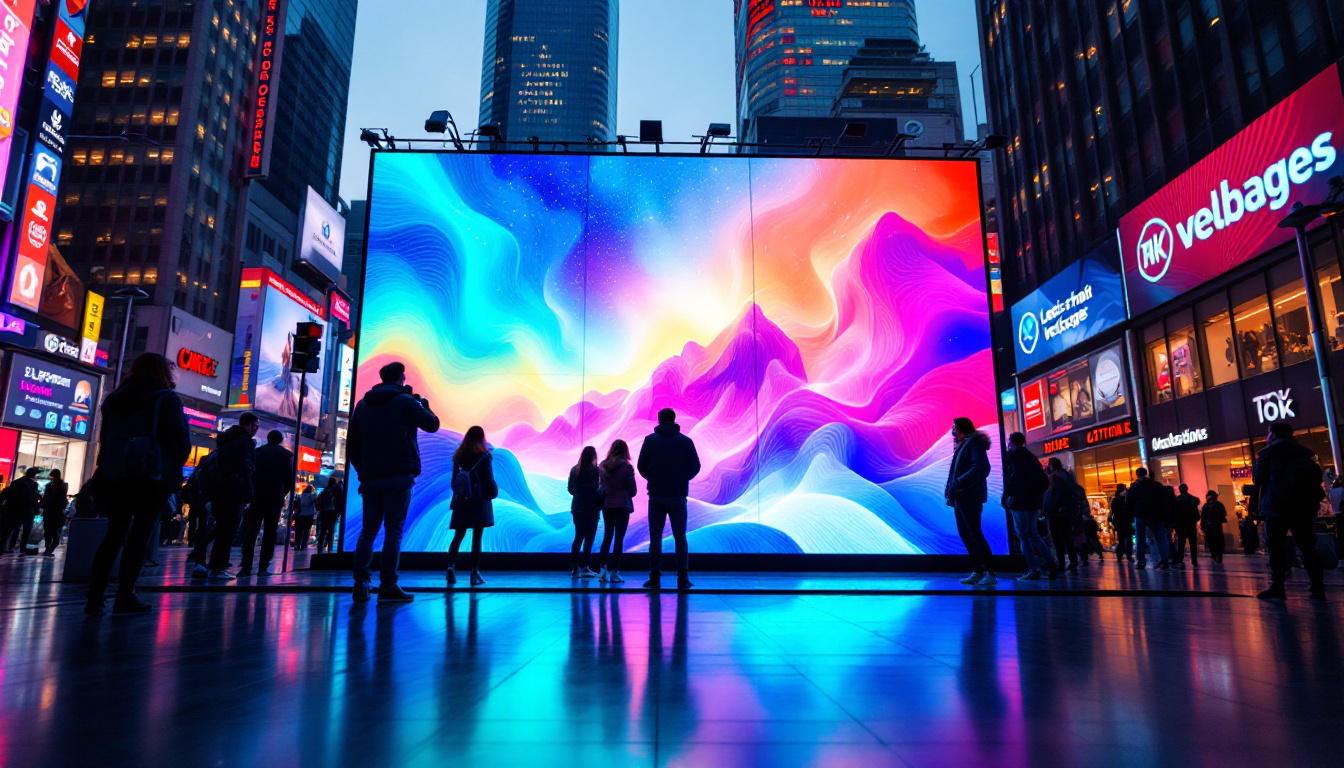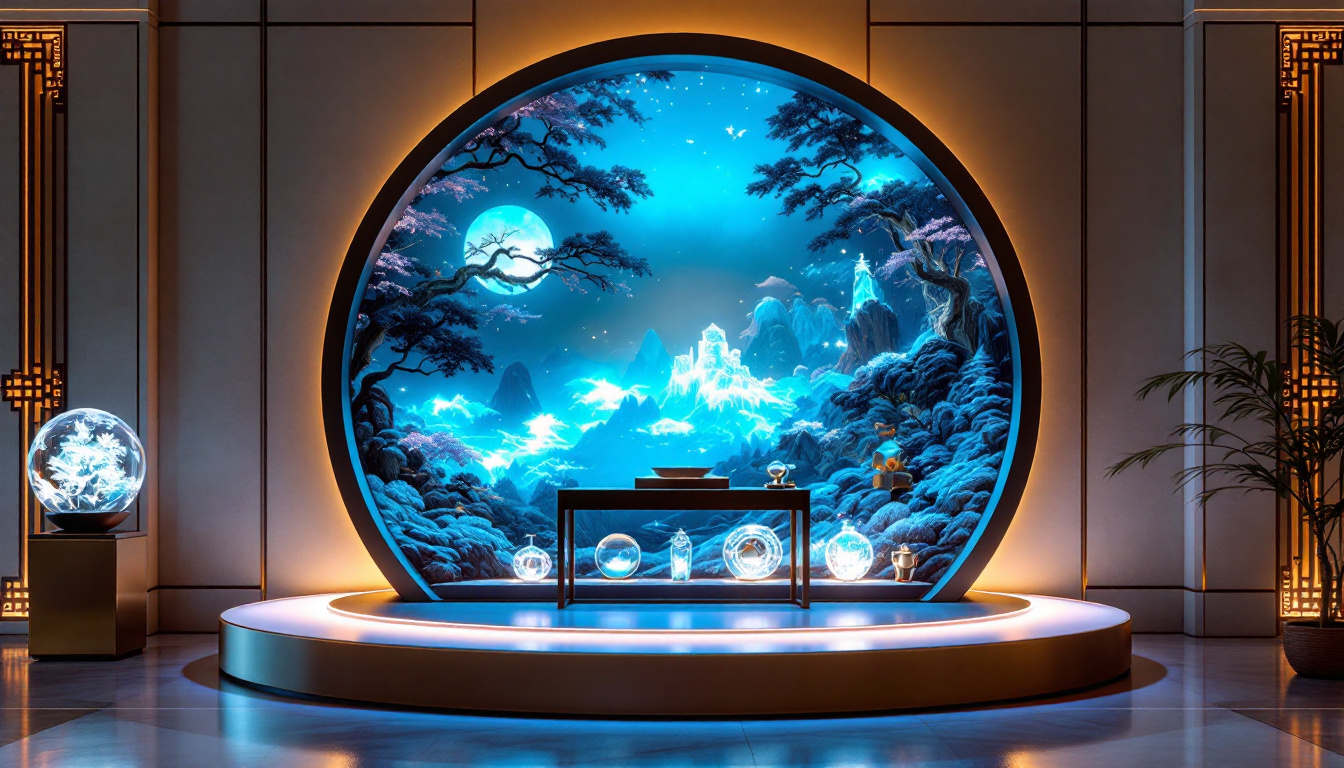Do LED Lights Get Hot To The Touch: LED Display Explained
LED lights have revolutionized the way we illuminate our spaces, offering energy efficiency and longevity that traditional lighting options cannot match. However, a common question arises: do LED lights get hot to the touch? This article delves into the science behind LED technology, the heat generated by these lights, and what it means for safety and efficiency.
Understanding LED Technology
Light Emitting Diodes (LEDs) are semiconductor devices that emit light when an electric current passes through them. Unlike incandescent bulbs, which generate light through heat, LEDs produce light through electroluminescence. This fundamental difference in operation is key to understanding how much heat they generate.
The Basics of How LEDs Work
When electricity flows through an LED, it excites electrons in the semiconductor material, causing them to release energy in the form of photons, which we perceive as light. This process is highly efficient, converting a significant portion of electrical energy directly into light rather than heat. As a result, LEDs can produce the same amount of light as traditional bulbs while consuming far less energy.
In contrast, incandescent bulbs convert only about 10% of their energy into light, with the remaining 90% wasted as heat. This efficiency is one of the primary reasons LEDs are favored in modern lighting applications. Additionally, LEDs are available in a wide range of colors and can be easily integrated into various lighting designs, making them versatile for both functional and aesthetic purposes. Their compact size allows for innovative applications, from intricate decorative lighting to powerful floodlights used in outdoor settings.
Heat Generation in LEDs
While LEDs are more efficient than traditional lighting, they are not completely devoid of heat. The heat generated by an LED primarily comes from the electrical components and the semiconductor itself. Even though the heat output is significantly lower than that of incandescent bulbs, it can still accumulate, especially in poorly designed fixtures or in enclosed spaces.
The heat produced by LEDs can lead to a phenomenon known as “thermal runaway,” where excessive heat can degrade the LED’s performance and lifespan. Thus, proper heat management is crucial in LED design to ensure longevity and efficiency. This often involves the use of heat sinks, which dissipate heat away from the LED, and thermal interface materials that enhance heat transfer. Furthermore, advancements in materials science are paving the way for even more effective thermal management solutions, allowing for the development of high-output LEDs that can be used in demanding applications, such as automotive lighting and high-intensity stage lighting, where both performance and reliability are paramount.
Do LED Lights Get Hot to the Touch?
One of the most common concerns regarding LED lights is whether they can become hot to the touch. The answer largely depends on the specific type of LED and its application. Generally, standard LED bulbs do not get hot enough to cause burns, but they can still feel warm when touched.
Comparing LED Lights to Other Types of Bulbs
When compared to incandescent or halogen bulbs, LEDs are much cooler to the touch. Incandescent bulbs can reach temperatures of over 200 degrees Fahrenheit, while LED bulbs typically operate at around 120 degrees Fahrenheit or lower. This significant difference in temperature makes LEDs a safer option, particularly in applications where they might be touched frequently, such as in table lamps or wall fixtures.
However, it’s important to note that high-powered LED fixtures, such as those used in stage lighting or outdoor floodlights, can generate more heat due to their design and usage. In these cases, the outer casing may become hot, and caution should be exercised when handling such fixtures. Additionally, the heat produced by these high-powered LEDs is often a byproduct of their intensity and brightness, which is crucial for applications requiring high visibility, such as in theaters or sports fields.
Factors Influencing Heat Generation
Several factors can influence how hot an LED light gets to the touch. These include:
- Quality of the LED: Higher quality LEDs are designed with better heat management systems, which help dissipate heat more effectively.
- Enclosure Design: Fixtures that allow for better airflow will help keep LEDs cooler, while enclosed fixtures can trap heat.
- Usage Duration: Continuous use of LED lights can cause them to warm up over time, especially if they are not designed for long-term operation.
Moreover, the ambient temperature of the environment where the LED lights are installed can also play a significant role. In warmer climates or poorly ventilated spaces, LEDs may not have the opportunity to cool down effectively, leading to a slight increase in surface temperature. This is particularly relevant in applications like recessed lighting, where the fixture is often surrounded by insulation or other materials that can restrict airflow. Understanding these factors can help users make informed decisions about the placement and type of LED lighting they choose for their spaces.
Another aspect to consider is the thermal management technology employed in the design of LED lights. Many modern LED products come equipped with advanced thermal management systems, such as heat sinks, which are specifically engineered to draw heat away from the LED chip. This not only helps maintain a cooler surface temperature but also extends the lifespan of the LED by preventing overheating, which can degrade performance over time. As technology continues to evolve, we can expect even more efficient designs that prioritize both safety and longevity in LED lighting solutions.
Safety Considerations
While LED lights are generally safer than traditional bulbs, there are still safety considerations to keep in mind. Understanding these factors can help ensure a safe lighting environment.
Burn Risks and Precautions
Although standard LED bulbs do not typically reach temperatures that can cause burns, caution is still advised. For instance, if an LED bulb is used in a fixture that does not allow for proper heat dissipation, it can become uncomfortably warm. This is particularly important in households with children or pets, where accidental contact with warm fixtures could occur.
To mitigate risks, it is advisable to choose LED fixtures that are specifically designed for the intended application. Look for products with good thermal management features and follow the manufacturer’s recommendations for installation and use.
Electrical Safety
In addition to heat concerns, electrical safety is paramount when using LED lights. Poorly made LED products can pose risks of electrical shock or fire hazards. It is essential to purchase LED lights from reputable manufacturers and ensure that they meet safety standards.
Regularly inspect LED fixtures for signs of wear, damage, or overheating, and replace any components that appear faulty. This proactive approach can help maintain a safe lighting environment.
Heat Management in LED Technology
Effective heat management is crucial for maximizing the performance and lifespan of LED lights. Various strategies and technologies are employed to ensure that LEDs operate efficiently without overheating.
Heat Sinks and Thermal Management
Many LED fixtures are equipped with heat sinks, which are designed to absorb and dissipate heat away from the LED chip. These heat sinks are typically made from materials with high thermal conductivity, such as aluminum or copper, allowing for efficient heat transfer.
In addition to heat sinks, some LED designs incorporate fans or other active cooling methods to further enhance heat dissipation. This is particularly common in high-powered applications where heat generation is more significant.
Design Innovations
Recent advancements in LED technology have led to the development of more efficient designs that minimize heat generation. Innovations such as improved semiconductor materials and more effective circuit designs help reduce the amount of heat produced during operation.
Moreover, manufacturers are increasingly focusing on creating LED products that can operate in a wider range of temperatures, ensuring that they remain efficient and safe even in challenging environments.
Benefits of Using LED Lights
Despite concerns about heat, the benefits of using LED lights far outweigh the drawbacks. Here are some key advantages that make LEDs a preferred choice for lighting.
Energy Efficiency
LED lights consume significantly less energy compared to traditional incandescent or fluorescent bulbs. This energy efficiency translates into lower electricity bills and a reduced carbon footprint, making LEDs an environmentally friendly option.
In fact, LED lights can use up to 80% less energy than traditional bulbs, allowing consumers to save money while also contributing to a more sustainable future.
Longevity and Durability
Another significant advantage of LED lights is their impressive lifespan. While traditional bulbs may last for about 1,000 hours, LED lights can last anywhere from 15,000 to 50,000 hours or more, depending on the quality and usage conditions.
This longevity not only reduces replacement costs but also minimizes waste, making LEDs a more sustainable choice for lighting solutions.
Conclusion
In conclusion, LED lights do generate some heat, but they are significantly cooler to the touch compared to traditional lighting options. Understanding the science behind LED technology, heat generation, and safety considerations can help consumers make informed decisions about their lighting choices.
With their energy efficiency, longevity, and reduced heat output, LEDs are an excellent choice for a wide range of applications. By choosing high-quality products and ensuring proper installation and usage, it is possible to enjoy the benefits of LED lighting while minimizing any potential risks associated with heat generation.
As technology continues to advance, LED lights will likely become even more efficient and safer, solidifying their place as the go-to lighting solution for homes and businesses alike.
Explore Cutting-Edge LED Solutions with LumenMatrix
Ready to experience the future of lighting technology? LumenMatrix is at the forefront of LED display innovation, offering an array of products that bring your visual communications to life. From vibrant Indoor and Outdoor LED Wall Displays to dynamic Vehicle and Sports LED Displays, our solutions are designed to captivate and engage. Discover the transformative power of LED Poster Displays, Floor LED Displays, Custom LED Solutions, All-in-One LED Displays, and LED Transparent Displays. Elevate your brand’s visibility and create unforgettable experiences with LumenMatrix. Check out LumenMatrix LED Display Solutions today and see the difference for yourself.

